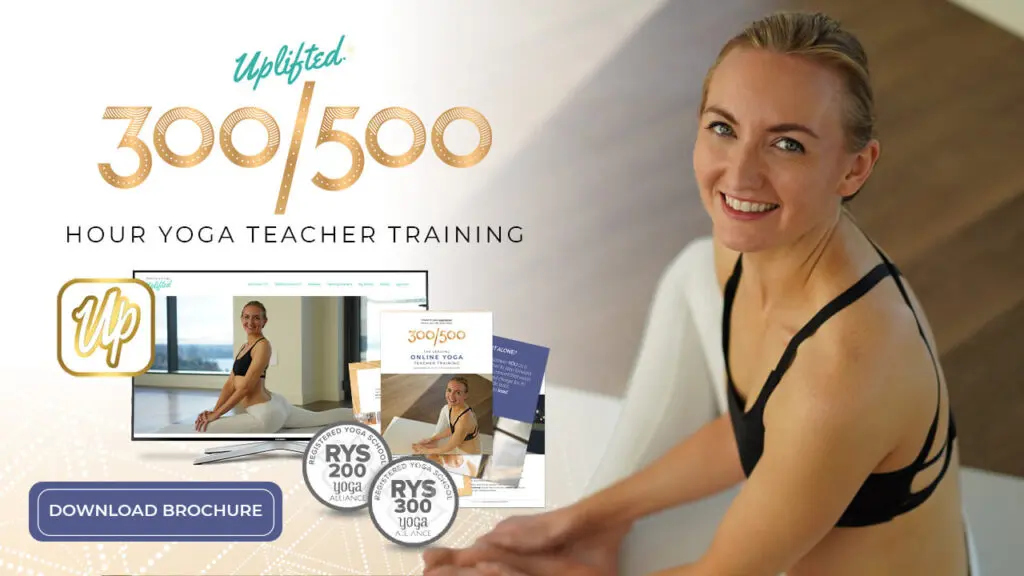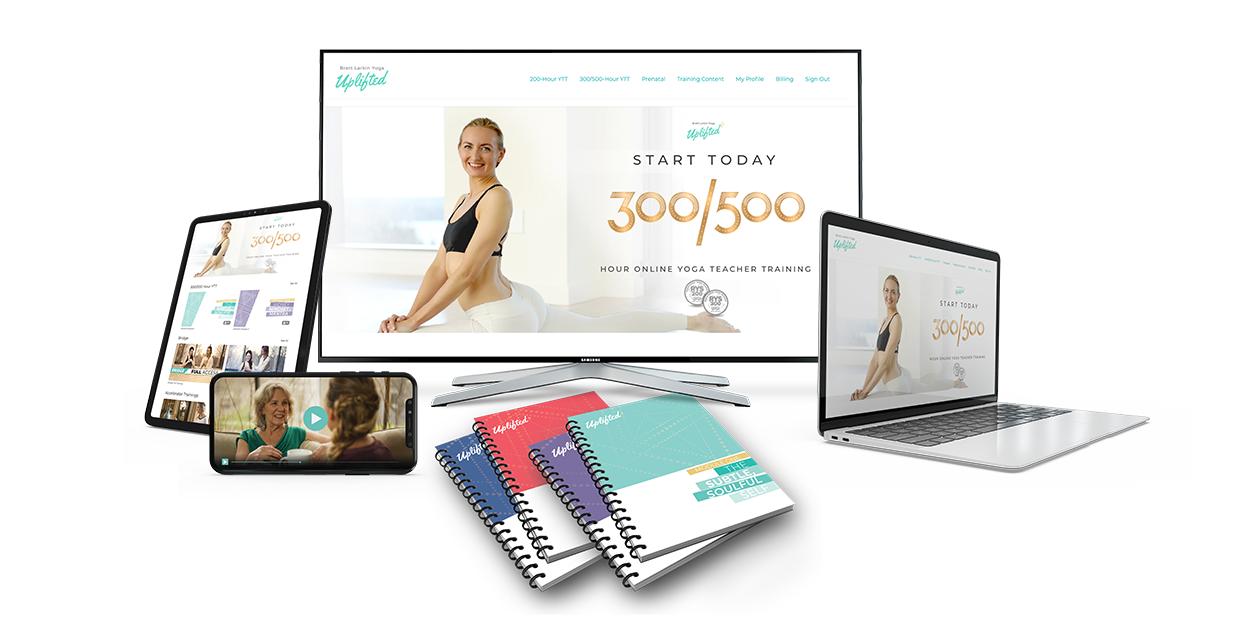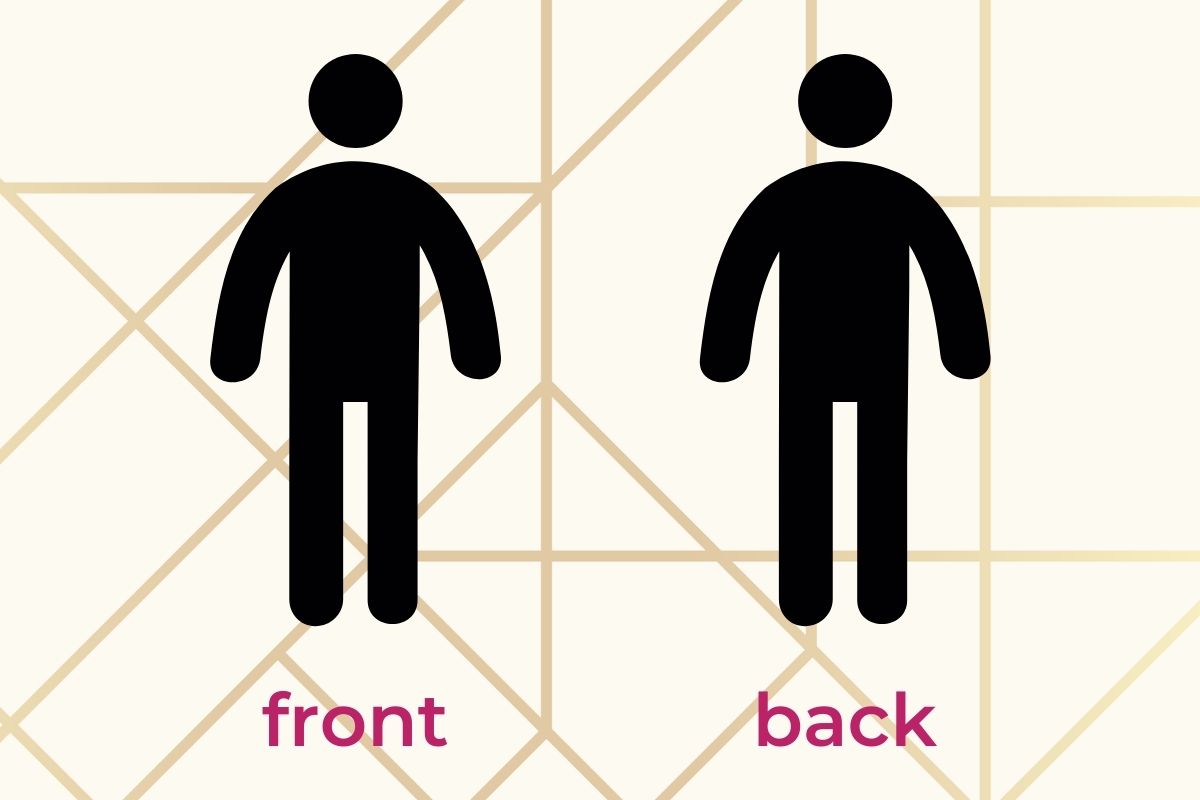Teaching private yoga classes is a great way to boost your income as a yoga teacher and gain experience with one-on-one teaching. The ONE thing you need to get started? A private yoga intake form. Here’s why:
A private yoga intake form is a simple, all-in-one admin solution to taking on new clients. It can include your pricing, package options, payment details, and of course, questions that help you get to know your client so you can tailor classes to their needs.
In this blog post, I’ll explain in depth what this simple document can do for your yoga business and give you the link to a pretty, polished and FREE intake form right from my Business Launchpad training for yoga teachers. But wait – not ready yet? I’ll also cover some common obstacles this form presents to yoga teachers on the path to succeeding in their businesses (hint 😊 you can do it).
First Things First! Buy Yoga Teacher’s Insurance
If you’re teaching yoga in the U.S., you need an insurance plan! It’s one of the non-negotiables these days. Why?
Because, you just never know what’s going to happen in on of your classes – and in the U.S., people can sue you for just about anything. No matter how great of a teacher you are, you can’t fend of every possible risk. Many studios actually require teachers to carry their own insurance as a condition of employment, releasing the studio and teach from liability in case of injuries.
This is even more important when teaching private clients. If a private yoga client injures themselves during a class with you, they might decide to press charges against you. Or worse, they might not even injure themselves, but are simply unhappy with the outcome of their sessions with you. The last thing you want is to end up with big legal fees if it should come to a lawsuit. A good insurance plan will protect you from damage claims so you can focus on what’s most important; teaching great quality classes!
Disclaimer 🚨 Even if you ask your clients to sign a waiver as part of your yoga intake form, it won’t protect you in case of a heavy lawsuit.
You may choose to include a liability waiver with your intake form as an additional measure to a solid insurance plan, but don’t replace your insurance plan with a DIY waiver form. Definitely get insurance and then follow up with waivers on an as-needed basis. We’ll dive into the extra benefits of an intake form below.
You might also like: Yoga Teacher Resources
Why You Need A Private Yoga Intake Form
Think about your private yoga intake form as part of your client’s practice experience with you. You want to make them feel valued, right? Most yoga teachers ask their clients to complete a private yoga intake form prior to practicing. The main purpose for a yoga intake form is to get to know your students by capturing some key details about them, and giving them a chance to communicate important information they may not otherwise share (i.e. health conditions, long term goals, etc).
This form can actually achieve many goals in one simple document, which can save you time sending emails so you can get down to teaching. It’s totally fair game to include all of the following in your yoga intake form:
- Liability Waiver You can ask your yoga clients to acknowledge and consent to the risks of practicing yoga (so that there are no surprises). Confused about release waivers? Don’t be!! I’ve written all about what to include in a liability waiver that covers all of the bases so you can focus on your clients.
- Contract between you and your client. Rather than asking your client to sign several forms, you can use your intake form to state the rights of the parties involved in case of cancellation and no-shows, and confirm the meeting place for private sessions. Make sure there’s space for dates and signatures.
- Progress Report It’s great to note down any pain or discomfort your yoga client feels when first starting to practice with you and then check for improvement along the way. This is a great way to demonstrate the value of your service to clients, and gather feedback along the way as well!
- Pricing & Package Details Letting your students know in black and white what you charge from the beginning avoids any awkward surprises along the way. This is a great place to offer a loyalty discount as well – for example, 20% sessions booked and held 3 months in advance, or whatever.
- Payment & Bank Details This is how you get paid. It doesn’t have to be fancy!! It’s always a great idea to provide your clients with your bank details and instructions for payment. The last thing you want is a client ready to give you their money, but struggling to figure out how to actually do it. PayPal. Cash. Whatever works!
Forget the fuss over designing your own and download this FREE yoga intake form from my Business Launchpad course below 👇 It has everything you need to get started teaching private yoga classes.
Download My Intake Form to Use with Your Own Yoga Privates - FREE!

Keep It Simple
If someone can afford to hire you, they most likely don’t have a lot of time on their hands. So while it’s definitely a good idea to integrate other essential intake documents into one streamlined form, you don’t want to overwhelm your client or ask for unnecessary information.
Basically, you want to make sure you get their primary contact details and, of course, ask about any conditions, injuries and/or discomfort they might be experiencing. Use the form to create a welcoming experience for your yoga students and make them feel valued from the moment they reach out to you. It’s handy to ask them to fill out the form in advance so you can read it through before you meet.
Nobody wants to go to the effort of filling out a form about themselves if it’s not actually read before your session (has that ever happened to you when going to a massage session? Ugh! Super frustrating. Why even have a form?)
An intake form also helps your client to understand the key aspects of your service and what to expect from your yoga classes. More than that, the form is a great opportunity for them to share any concerns about attending a yoga class without having to talk about it, which a lot of people don’t like to do, especially when it’s the first time they meet you or there are other students around.
To keep things simple, here are a few things your intake form should NOT include, whether you’re offering for physical yoga, meditation, or breathing classes:
- Age/birthday
- Non-essential contact information
- Address (unless, of course, you’re meeting at their home!)
- Extensive questions about childhood
- Claims of the benefits of yoga that aren’t backed by research
You might also like: 6 Steps to Get Private Yoga Clients (And Keep Them)
Use a Body Map to Help Clients Show, Not Tell
This is a biggie!! When asked, a lot of people struggle to describe discomfort in words. In my professional experience, clients often say one thing and point somewhere entirely else. Save everyone some confusion by including a body map on your form and asking your client to draw where they feel discomfort to pinpoint where the pain or discomfort actually is. It’s still a good idea to ask clients about specific injuries and medical history, but I suggest providing a body map on the side with instructions to circle the affected areas on a map. For example, they might write down to suffer from pain when turning their head and then circle the right shoulder as an area of pain. This gives you a far more precise understanding of what areas to target in your session.
On top of that, having your students rate their pain on your intake form (e.g. on a scale from 1 to 10) helps both you and your student review changes and improvements. This is how your yoga intake form can function as a progress report I mentioned earlier.
Is There Anything Else I Should Know About?
This is THE question you definitely want to ask your students before diving into their first yoga practice with you. Even though it might seem a little “extra”, it’s the perfect opportunity to learn about any conditions or life circumstances that your students feel might impact their yoga practice. It’s also a great first step to establishing trust in your teacher/student relationship.
What’s Stopping You From Starting Now?
Ok, I get it. Intake forms and liability waivers aren’t the source of your passion for teaching yoga. All of the paperwork can feel so daunting!! But they don’t have to be. To be honest, as long as you have insurance, you can start teaching privately without any of these “official” business forms. Our brain likes to make up excuses that help us to avoid the “scary” thing and actually start charging people for your service as a teacher. Remember that it is YOUR time and YOUR investment to attain certain knowledge, which you then offer to your yoga students – and you are fully entitled to charge for it. Yes, you’re worth it 🤗
My best advice if you’re on the fence? Start teaching now. Your logo, website, payment process, and forms can follow – and even change, gasp!! – along the way. You don’t need any of these to get started as a yoga teacher.
Next Steps:
- Explore my Yoga Teacher Resource knowledge hub for more tips about how to grow your yoga business.
- Download my sequences for a jumpstart on your upcoming yoga classes!
- For more detailed tips, processes, and worksheets to supercharge your yoga business, download my yoga business launchpad course!

Sneak Peak into My 300-Hour YTT - FREE Videos, Info Session, Bonuses!

YOU MIGHT ALSO LIKE
- Best Yoga Business Podcast For Entrepreneurs: Listen To Our Top 15 Podcast Episodes
- How Much to Charge for Zoom Yoga Class: A Practical Pricing Guide
- Comprehensive Guide to Your Yoga Service Agreement
- What Is Mindset Coaching? A Complete Breakdown
- 5 Affordable Yoga Teacher Insurance Plans (Updated 2024)
- 7 Steps To Start A Life Coaching Business
- Types Of Life Coaches: How To Choose Your Life Coaching Niche
- 20 Awesome Ways To Make Money As A Yoga Instructor
- Life Coach Marketing: A Comprehensive Guide For Long-Term Growth
- How To Get Clients For Life Coaching
- Are Life Coaches Worth It? Take This Self-Assessment To Find Out.
- How Much Does A Life Coach Make? Around $5k+ A Month
- How Much Do Yoga Teachers Make? (And How To Earn More)
- How To Become A Life Coach (For Yoga Teachers)
- How To Use Social Media To Grow Your Yoga Business
- How To Find Your Yoga Niche (And Make $5K/mo)
- How To Make $5k Per Month As A Yoga Teacher
- How to Plan a Yoga Retreat That Earns 6 Figures
- The Best Yoga Business Coaches to Skyrocket Your Income
- Best Blog Platform for Yoga Teachers
- How To Become A Yoga Therapist After Your YTT
- Managing Cash Flow and Profit In Your Yoga Business
- The Top 5 Biggest Fears of New Yoga Teachers
- The Best Yoga Playlists For Yoga Teachers
- Why You Need A Yoga Intake Form (FREE download)
- How to Make a Logo for Your Yoga Business (No Design Skills Needed)
- This Cold Email Will Help You Land a Corporate Teaching Job
- This Cold Email Will Help You Land a Studio Teaching Job
- Our Expert Advice On How and Why To Teach Corporate Yoga
- How to Upgrade Your Yoga Alliance Certification Designation to 300 / 500 RYT
- How to Register Your YTT Certificate With Yoga Alliance (With Photos)
- How to Get Traffic to Your Yoga Website With SEO
- How to Update Your Yoga Alliance Teacher Profile Step-by-Step
- 6 Best Online Course Platforms For Yoga Teachers (Ranked)
- How To Make An Instagram Business Account As A Yoga Teacher












